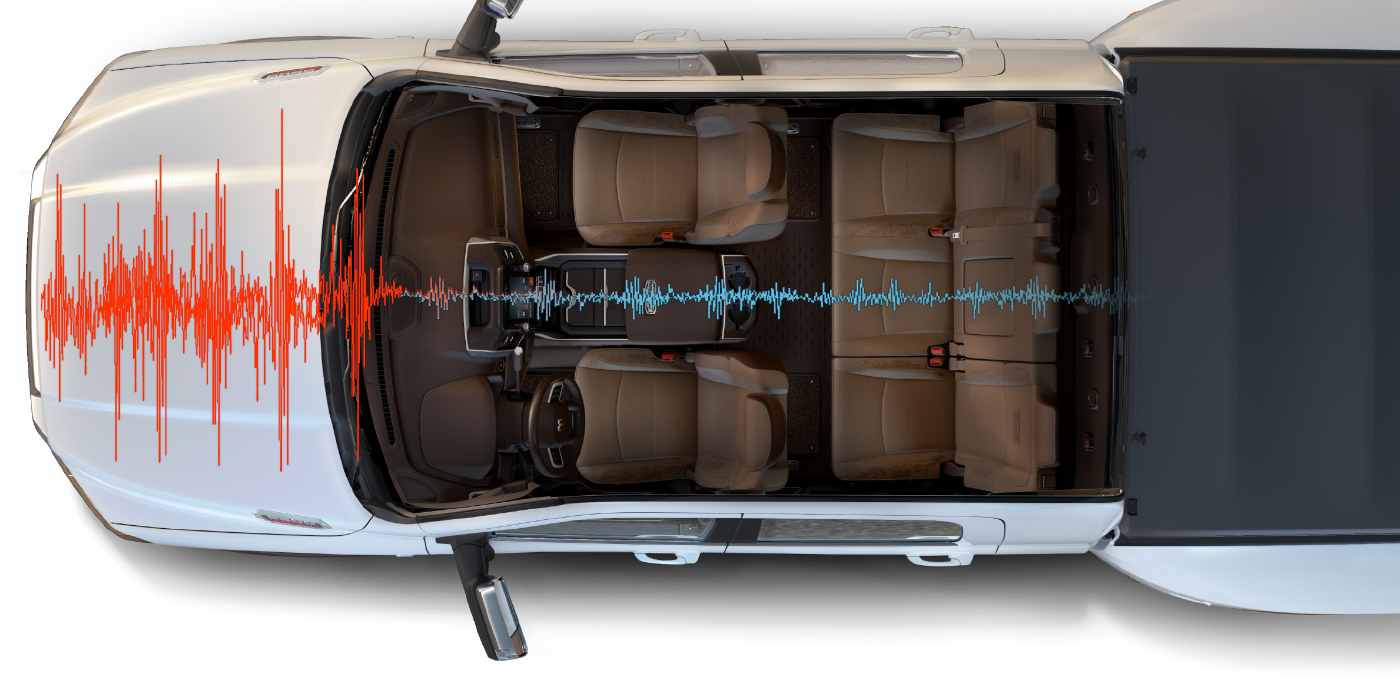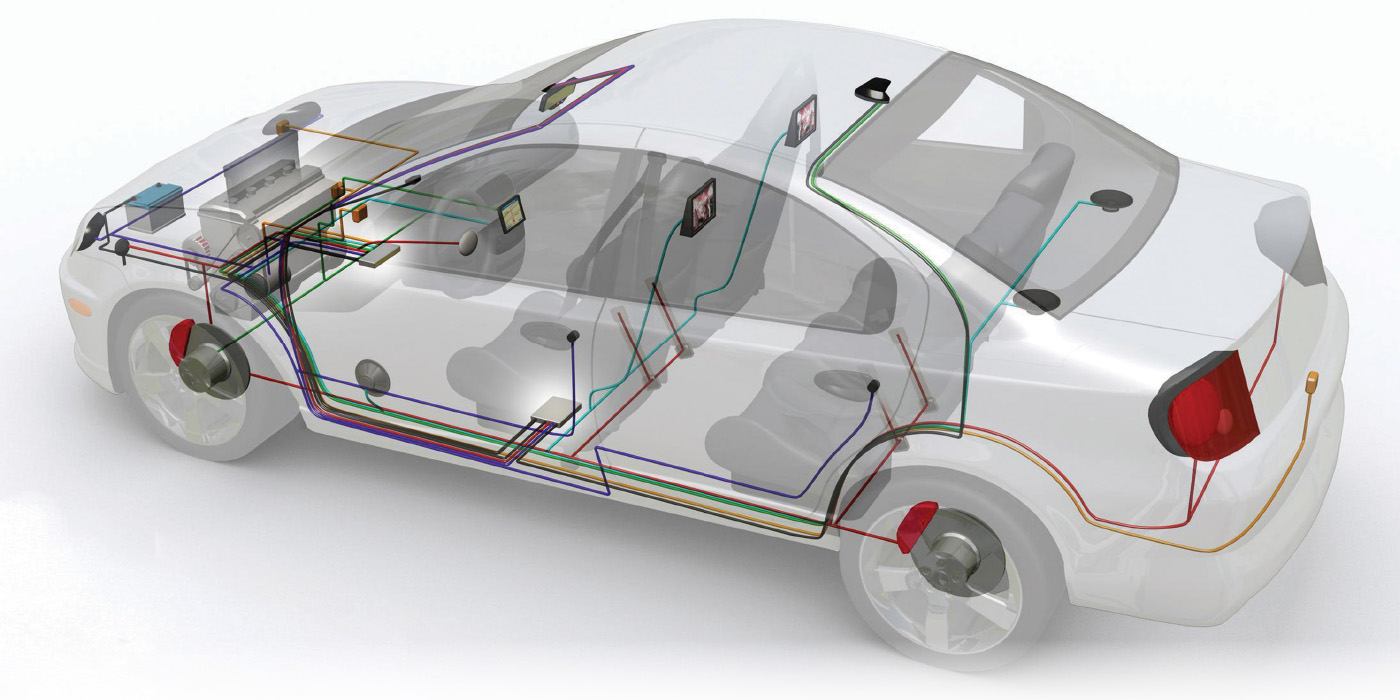One of the hot-button issues in the independent automotive service industry is how to charge for diagnostic time. Currently, the debate is framed by two basic schools of thought. The practitioners of the first school are the shop managers who regard “free diagnostic code reads” as a marketing expense needed to lure potential customers into their doors. The practitioners of the second school are “hard-line” shop managers who believe that diagnostic time should yield profits commensurate with the tooling and training expense needed to diagnose complex powertrain and body control systems.
Assets Versus Liability
To the outsider looking in, charging for diagnostic time shouldn’t be such a controversial issue. After all, diagnostic time is covered in OE and aftermarket labor guides. OE times generally run about 0.3 hours or 20 minutes for most vehicle diagnostics. This relatively modest rate requires a very intimate knowledge of operating systems and pattern failures that are generally acquired only in a dealership or independent specialist environment. Aftermarket times are more generous, but remain as fixed-rate estimates for performing tasks that vary widely in time from vehicle to vehicle.
To make matters worse, many shop managers mistakenly believe that the advent of the more comprehensive OBD II diagnostic systems in 1996 has made the diagnostic process easier because modern computer scan tools provide much more information than in the past. And of course, we now have online electronic information systems and technical hotlines that provide assistance to the diagnostic technician struggling with an unfamiliar vehicle performance complaint.
Equipped with these formidable technical arsenals, any diagnostic technician should theoretically be able to meet OE book times or beat aftermarket flat rate times on most diagnostic problems. But the reality on the shop floor is different because the OE cookie-cutter diagnostic approaches seldom work in scenarios where a vehicle has been subjected to a lack of maintenance, a variety of unforeseen driving situations and badly executed repairs. Faced with this reality, many poorly managed independent shops find that diagnostic work has become a liability rather than an asset to their overall profitability.
The Historic Giveaway
Each time I think about a shop giving up its diagnostic charges as a marketing expense, I recall giving away a free drinking glass for every $5’s worth of gasoline purchased at the old gas station where I worked as a high school student. In those days, we offered just about any type of imaginable enticement from handing out those glasses to vacuuming carpets just to sell a gallon of gas.
Worse still, that give-away mentality extended to the back-room repair shop where we rarely, if ever, charged for diagnostic services. But, even as petroleum marketing has changed, attitudes in the repair shop haven’t. All too often, shop owners under-value the information, knowledge, equipment and skills needed to diagnose modern vehicles.
To illustrate, all modern domestic vehicles employ at least four on-board computers or modules while high-end Euro vehicles employ more than 55 on-board computers and modules to manage such mundane tasks as rolling up the windows and controlling the air conditioner. To make servicing these vehicles even more complicated, their modules require vehicle-specific programming that enables them communicate with other on-board modules after they are installed.
When new technology like this is introduced, a very expensive learning curve begins at both the engineering and field service levels. Under real-world conditions, the hardware and software often develops quirks and failures that defy conventional diagnosis. Consequently, a routine problem can become a slog through a technically complex swamp of conflicting and altogether absent test procedures and background information. Cases like these are what make on-board vehicle diagnostics such a very expensive and complicated process.
The Systems Approach
At this point, let me explain why most vehicle diagnostics entail much more than just reading a trouble code from a scan tool. Using what we call the “systems approach,” let’s say we have a “generic” vehicle with an illuminated check engine light and a glaring red traction control warning light. The check engine light indicates that the engine suffers from a bad oxygen sensor and a stuck-open thermostat. No trouble codes are found in the traction control system.
The reason no trouble codes were found in the traction control module is because the diagnostic trouble codes in the PCM suspend the traction control functions, which includes the ability to reduce wheel spin by retarding the engine’s spark timing. In this case, it’s important to understand that replacing the oxygen sensor and thermostat will also turn off the bright red traction control warning light because the PCM and traction control can now resume their normal relationship. It goes without saying that owning a code reader or scan tool simply doesn’t impart this level of knowledge to the untrained person offering a free diagnostic service.
The Diagnostic Routine
Even the most routine diagnostic service is time-consuming. The first step in solving an engine performance complaint is to record the customer’s description of the problem, the vehicle’s VIN, service history and any aftermarket equipment installations on the repair order. A test drive with the customer present is usually required to verify the customer’s complaint.
Second, the diagnostic tech will use a scan tool to retrieve the diagnostic trouble codes and observe the stream of electronic data passing through the PCM. The scan tool also reveals how many on-board computers are present and how many trouble codes each computer contains. Third, most diagnostic techs print and study wiring schematics prior to the actual diagnosis in order to determine how various electronic components relate to each other.
If the vehicle has a no-code performance complaint, the tech must determine why no trouble codes are being stored. Perhaps the engine isn’t warming up enough for the PCM to run the test monitors needed to identify and store a trouble code. In other instances, a dead cell in the battery may erase the PCM’s diagnostic code memory during start-up. In either case, more testing is required to determine why the vehicle has a no-code problem.
The last step in the diagnostic process is to research technical service bulletins and various case studies before planning a diagnostic strategy. Some vehicles, for example, require the PCM to be reprogrammed after a new oxygen sensor or mass air flow sensor is installed. Whatever the case, extensive technical research is usually necessary to avoid costly technical mistakes like this or by wasting precious time re-inventing a diagnostic process to solve the problem.
The Billing Process
Most shops charge a one-hour minimum at the regular rate to do the initial service write-up, basic testing and technical information search. More progressive shops charge the one-hour minimum rate even if the diagnosis requires only 15 minutes.
Before condemning the practice of charging an hour for 15 minute’s work, remember that parts sales typically generate 30-50% of a shop’s gross income and remember also that driveability diagnostics don’t generate the volume of parts sales that brake or timing belt replacements do. Sometimes a diagnostic issue can be repaired by merely cleaning a terminal or wrapping a wire with a nickel’s worth of tape. With fewer and less expensive replacement parts on the repair order, a shop can potentially lose up to 50% of its gross revenues.
What should a shop charge for diagnostic services? According to many management experts, the minimum hourly rate should be 1.5 times the hourly rate for routine repairs and maintenance.
Other experts advocate charging twice the regular hourly rate for diagnostics because of the increased tooling and training expense.
Whatever formula used, remember that tooling and training costs are increasing much faster for diagnostic than for routine repair and maintenance services. Consequently, the practice of using free diagnostics as a marketing tool has become as out of date as the practice of giving away a drinking glass with every $5’s worth of gasoline did 50 years ago.
Gary owns and operates Midland Engine Diagnostics in Buena Vista, CO. An ASE-Certified Master Auto Technician, Gary also is a sponsoring member of iATN and a vocational trainer.




